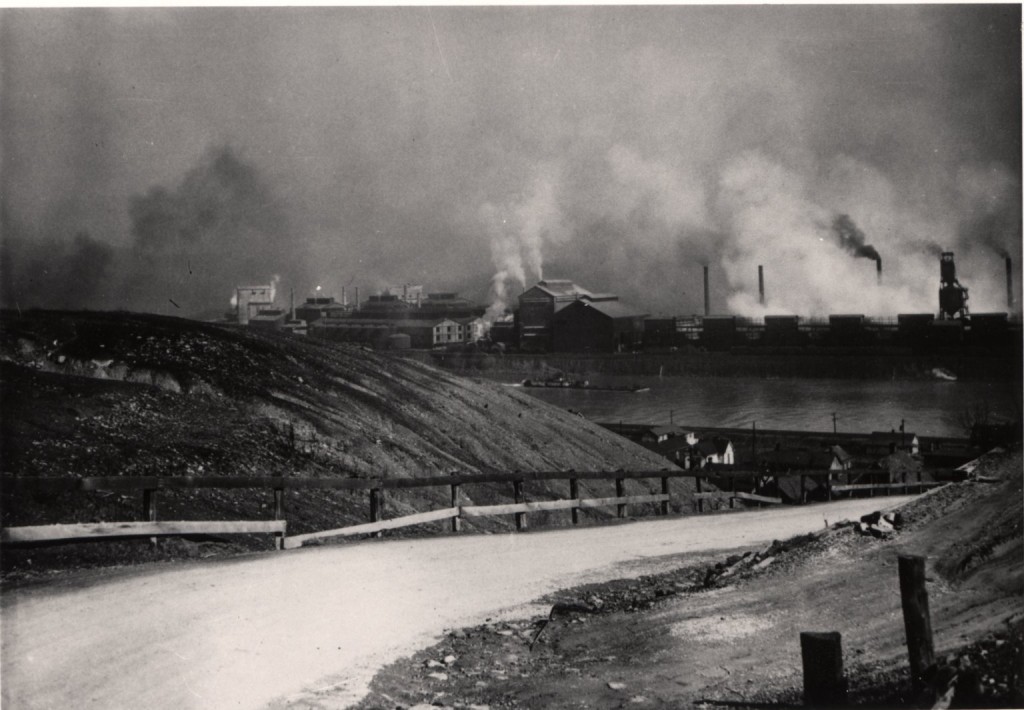
The anniversary of the Environmental Protection Agency, created forty years ago this month, should remind us all of how action at the grass roots can make a real difference. I am certainly not the only one who gets frustrated when bureaucrats bend in the face of pressure, wear narrow blinkers and ignore new facts, or use uncertainty as an excuse for inaction. But writing a book about the history of environmental control—just published as The Polluters—showed me how much worse things were before EPA came into existence. I’ve been dealing with regulators for years as a consultant to community and environmental groups, but I don’t think I ever appreciated the enormous achievement of the activists who led the first Earth Day. It was their organizing that led an unsympathetic Richard Nixon to establish EPA and pushed the Clean Air Act and Clean Water Act through congress.
The new environmental agency that began life in 1970 was not created out of thin air. It inherited a grab-bag of existing organizations, with long-standing bureaucracies responsible for water and air pollution at its core. These two offices in particular had a long and sordid history. They again and again had made excuses for polluters, while counseling inaction in the face of growing contamination.
What eventually became EPA had its genesis in 1912, when the Public Health Service first expanded its activities into industrial hygiene and sanitation. These two divisions, set up in an abandoned naval hospital in Cincinnati, quickly fell under the influence of business interests. The Industrial Hygiene Division was especially craven – in the face of conflicting scientific opinion, it proclaimed the safety of leaded gasoline after the fuel was briefly banned in 1925, denied the existence of black lung disease, and declared that the new bug-killer DDT could be sprayed without risk of harm.
Other, more aggressive, agencies initially shared responsibility for pollution control. But in the absence of strong public pressure, polluting industries with political clout could drive them from the field. In 1937, the House Appropriations Committee shut down pesticide research at the Food and Drug Administration—halting an unfinished experiment with the slaughter of 5000 rats—and gave the money to the Industrial Hygiene Division. In 1955, the Bureau of Mines was put out of the air pollution business. At the center of the action in both years was Felix Wormser, a long-time lobbyist for the lead industry who is otherwise known to history for his efforts to stop publication of warnings against the use of lead paint on cribs and toys.
The tide began to turn with the publication of Rachel Carson’s Silent Spring in 1962, but progress was at first glacially slow. Congress transferred water pollution control out of the Public Health Service the next year, but there was little change in attitude. Air pollution remained where it was, frustrating environmentally minded higher-ups. Real change came only after these stubborn bureaucracies were folded into EPA in 1970. In the aftermath of Earth Day, Nixon felt compelled to appoint a genuine environmentalist, William Ruckelshaus, as EPA’s first leader. Ruckelshaus challenged sacred cows, pressed for strong protective laws in the face of entrenched opposition, and created an organizational culture that has largely endured, despite retreats and reversals, for forty years.
As the Gulf oil spill once again reminds us, government regulators can be captured by those they are supposed to oversee. But that is no certainty. It is the consequence of political and economic pressure, and it can be countered by a vigilant public. Boldness in seeking change, accompanied by wise leadership that harnesses outrage into constructive action, can make a difference today as it did in 1970.